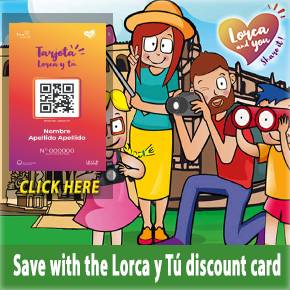How Sony’s Strategy Built a Gaming Empire
For decades, the PlayStation brand has been more than just a console - it’s been a cultural powerhouse. From the moment the original PlayStation hit the shelves in 1994, Sony made it clear they weren’t just selling hardware; they were crafting an ecosystem. But what really pushed PlayStation to the top wasn’t just sleek consoles or powerful specs—it was exclusives.
Why Exclusives Became Sony’s Golden Ticket
Sony realized early on that gamers don’t buy consoles for teraflops - they buy them for games. And not just any games, but the kind you can’t get anywhere else. Titles like God of War, The Last of Us, and Horizon Zero Dawn didn’t just entertain; they defined eras of gaming.
This exclusivity strategy was reinforced by Sony’s smart use of incentives and ecosystem hooks. For example, players could easily grab a PlayStation gift card to access add-ons, expansions, and digital exclusives, making the platform not just about big-name titles but about accessibility and player loyalty. It wasn’t just about what you played; it was about where you played it.
Building an Empire, One Studio at a Time
Sony didn’t stumble into exclusives - they invested in them. By acquiring or building world-class studios like Naughty Dog, Santa Monica Studio, and Insomniac Games, PlayStation guaranteed a steady stream of content that became system-sellers.
The PlayStation Studios Advantage
Here’s why this model worked so well:
● Consistency of quality: Players expect narrative-driven, polished masterpieces from Sony studios.
● Cultural cachet: Exclusives like Spider-Man and Uncharted became household names, not just gamer favourites.
● Generational pull: Each new console had its “killer app” that made upgrading irresistible.
Exclusives as Cultural Events
Unlike multiplatform releases, PlayStation exclusives often feel like moments in entertainment history. When The Last of Us Part II launched, it wasn’t just a game release - it sparked debates, think pieces, and even academic discussions. Sony positioned their exclusives to be cinematic experiences that blur the line between Hollywood storytelling and interactive media.
Why It Works
● High stakes narratives: Stories that carry emotional weight, rivalling prestige TV.
● Technical showcases: Games that push hardware to its limits, making them “must plays.”
● Shared cultural moments: Midnight launches, viral trailers, and internet hype cycles.
The Future of PlayStation Exclusives
But here’s the twist: Sony is slowly softening its stance. Many exclusives now appear on PC months or years later, expanding the audience while still keeping PlayStation the “first stop.” It’s exclusivity with a modern twist - Sony gets the prestige of being the launch home for a title, while eventually tapping into broader markets.
What’s Next?
● PC partnerships will grow, but with PlayStation still positioned as the premium platform.
● Transmedia projects like The Last of Us HBO series prove Sony is thinking beyond consoles.
● Subscription battles will test how exclusives fit into the PlayStation Plus model.
Exclusivity as Empire-Building
At its core, PlayStation’s dominance comes from treating exclusives not as content, but as crown jewels. Each release cements the console as a must-have, creating loyalty that no hardware spec sheet could ever buy. And while the strategy is evolving in the face of PC ports and subscription services, exclusives remain the beating heart of the PlayStation empire.
For players, this often means investing in the platform - and sometimes topping up with a PlayStation gift card - to keep up with the ever-expanding library of unique titles. It’s not just about buying a game; it’s about buying into a world.
And in that sense, Sony has mastered the art of empire-building - where every exclusive is another stone in the fortress. Just like Eneba digital marketplace keeps fuelling access to these experiences, PlayStation exclusives will continue to define what it means to be at the top of gaming.




































